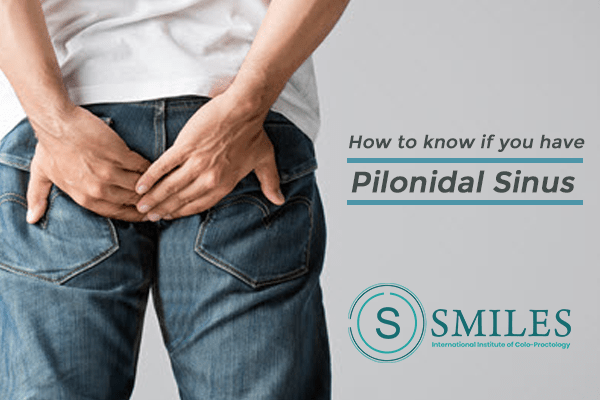A pilonidal sinus (PNS) is also called a pilonidal cyst, which is a small cyst that occurs at the top of the cleft of the buttocks.
While a pilonidal cyst is not serious, it can develop an infection and therefore should be treated. Cysts are often diagnosed in age groups of 16 to 26 and are less common among people aged above 45.
How do you know if you have Pilonidal Sinus?
Ask these questions to yourself and know your condition.
- Are you feeling pain while sitting, standing or riding a bicycle for a long time?
- Did you notice any swelling of the cyst?
- Did you notice reddened or sore skin around the area?
- Are you feeling hair protruding from the lesion?
- Did you notice any pus or blood draining from the abscess, causing a foul odor?
- Are you feeling the formation of more than one sinus tract, holes in the skin?
How long does the pilonidal cyst last?
The total pilonidal sinus treatment time to heal the cyst depends on the extent of tissue, the severity of symptoms, and the presence of pus. Surely, the wound would require a period of several days. In the case of a chronic pilonidal cyst, it may take up to six months to heal. There are complications that may arise from PNS which include wound infection and a recurrence of pilonidal cyst even after pilonidal sinus surgery.
How can I prevent recurrent pilonidal cyst?
As recommended by the best pilonidal sinus treatment doctors in Bangalore, there are many ways to prevent the recurrence of pilonidal sinus. Those include:
- Washing the area with mild soap
- Keeping the area dry and clean
- Avoiding sitting for long periods of time
- Removing hair out of the area between the buttocks and tailbone
Most people with pilonidal sinus don’t notice it unless it becomes infected. Therefore, it is crucial to consult the best doctor for pilonidal sinus as soon as possible, if you have noticed pilonidal cyst symptoms.

